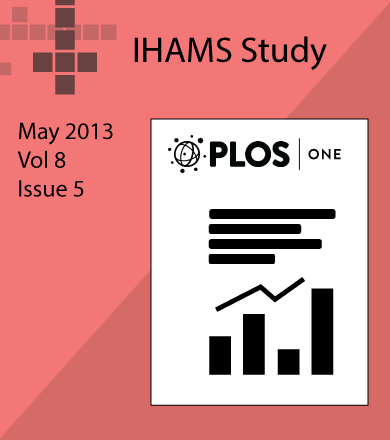First Study to Show Brain Training Outperforms Crossword Puzzles
A study known as IHAMS pitted a BrainHQ exercise against crossword puzzles. Researchers at the University of Iowa, reporting in the peer-reviewed journal PLOS ONE found that the group using the computerized exercise had significant gains in multiple measures of cognitive function compared to the group doing crosswords. The study also broke new scientific ground in comparing older and younger users, users on their own at home against users in a supervised setting, and users spending varying amounts of time on the brain fitness exercise.

